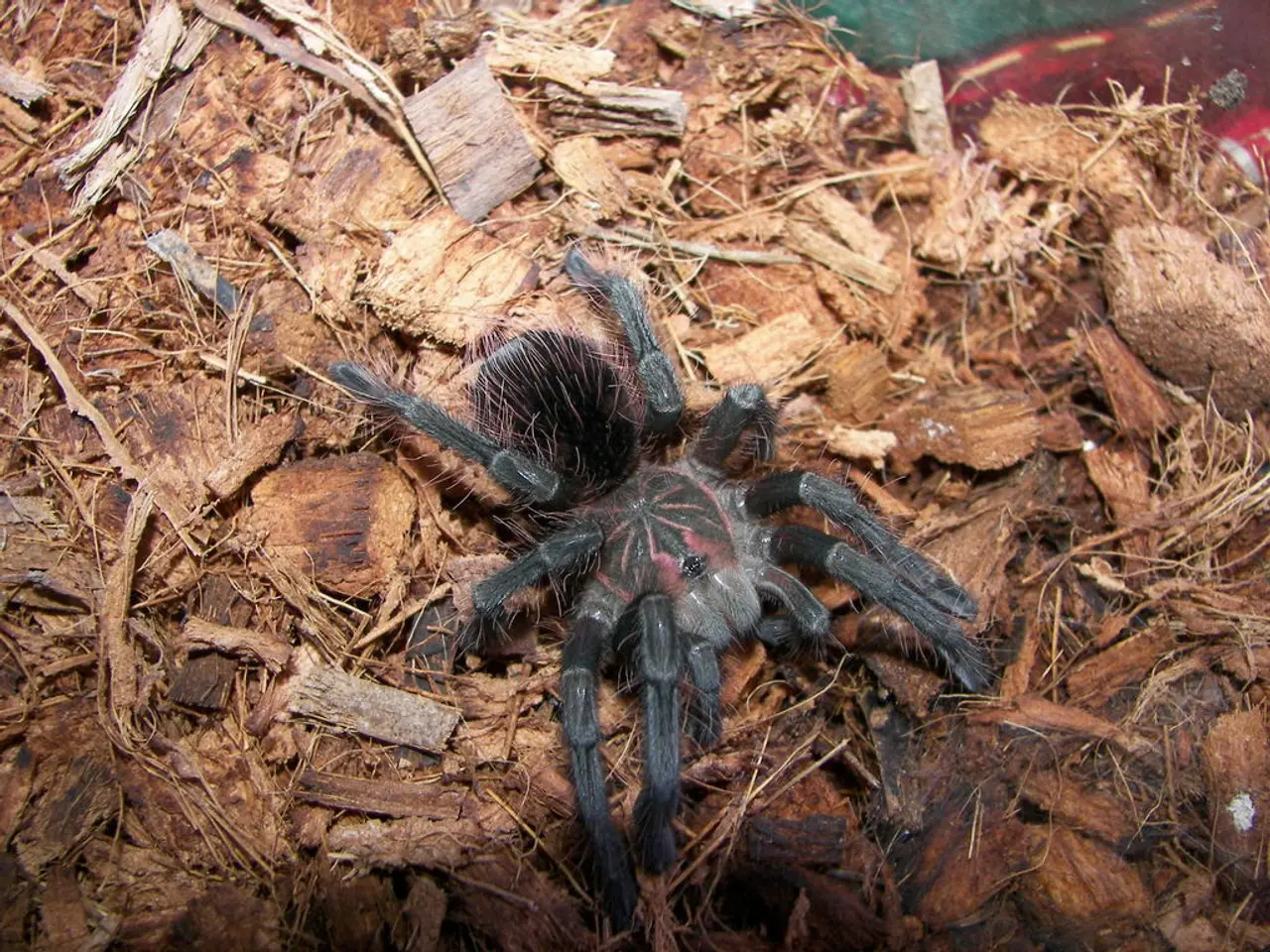Insect Invasion in Lawn Grass: Chinch Bugs Cause Damage
In the world of turf management, one pest stands out as a persistent problem for lawns across North America - the Hairy Chinch Bug. These tiny insects prefer certain grass species, particularly Kentucky bluegrass, perennial ryegrasses, and fine fescues, making lawns with 50 percent or more bluegrass the most susceptible.
These bugs are not a new threat, with records of damage to crops dating back to the 1780s, making them some of the oldest known insect pests native to North America. The Hairy Chinch Bug's range extends from South Dakota across to Virginia and south to a line running from mid-Texas across to mid-Georgia. Interestingly, it cohabits some of the northern range of the Common Chinch Bug, which is also found in North America but prefers grain crops like sorghum, corn, and wheat.
The Common Chinch Bug is occasionally found in northern turfgrasses, while the Hairy Chinch Bug is more commonly encountered. The first signs of a Hairy Chinch Bug infestation are usually irregular patches of turf that begin to turn yellow, then brown.
In areas where chinch bugs have been a recurring issue, early insecticide sprays are often used to reduce the beginning spring population. Pyrethroid insecticides, labeled for chinch bug control, provide the fastest knock-down of active populations, taking three to five days, while most neonicotinoid insecticides result in satisfactory control within seven to ten days.
However, an egg parasitoid (Eumicrosoma beneficum) is known, but it doesn't seem to build up populations rapidly enough to control this pest. Additionally, several commercial formulations of the fungus Beauveria bassiana are available, but studies have shown that applications of this fungus will not reduce Hairy Chinch Bug populations to below damaging levels.
As the chinch bugs feed, they secrete an anticoagulant into the host plant, causing the vascular tissues to clog and the leaves to wither as if in drought. The first instar of chinch bug nymphs have a bright orange abdomen with a cream colored stripe across it, a brown head and thorax, and are about 0.9 mm long. The fifth instar of chinch bug nymphs are easily recognizable by the visible wing pads and their general color, which is now black. The abdomen is blue-black with some darker black spots, and the total body length is about 3 mm.
It's worth noting that populations of 25-30 individuals per square foot warrant control, especially if these numbers are encountered in June and July. To decrease Hairy Chinch Bug populations, allowing the turf to go into summer dormancy during hot and dry weather is recommended.
In conclusion, understanding the habits and habits of Hairy Chinch Bugs is crucial for effective turf management. Early detection and prompt treatment can help prevent significant damage to lawns.








